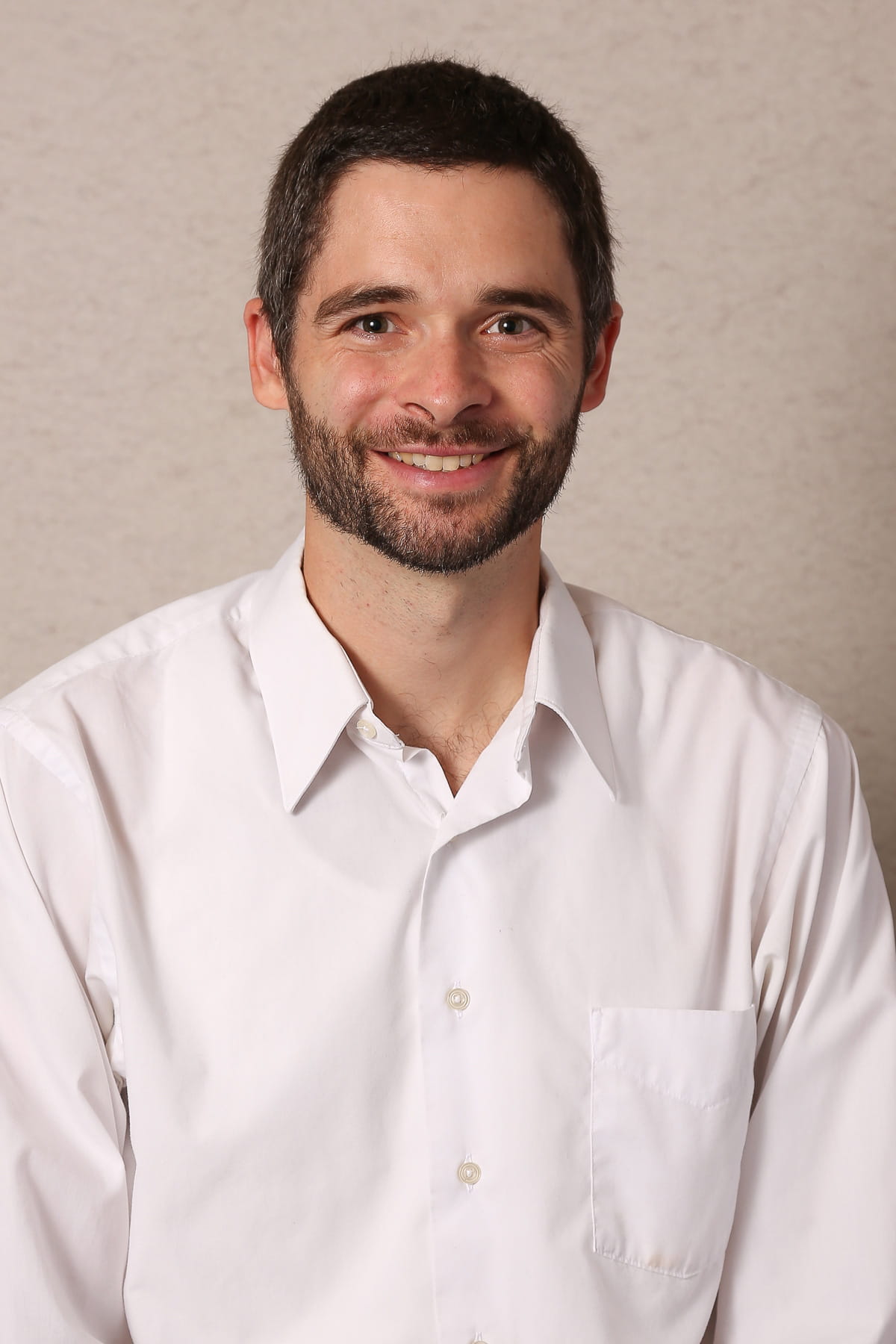February 3, 2016
COLUMBUS, Ohio – The “Ecology of Medical Care,” originally published in 1961 and updated in 2001, provides a framework to research trends in the choices patients in the U.S. make when seeking medical care.
Given the dramatic changes in delivery and financing of healthcare since 2001, a new study published in the Feb. 4 issue of the New England Journal of Medicine, updates and includes patterns of choice and disparities in participation according to race and ethnicity, sex and age.
 Dr. Michael Johansen, a family medicine physician from The Ohio State University Wexner Medical Center, analyzed patient data of individuals from Medical Expenditure Panel Surveys (MEPS) from 1996 and 2012, which is nationally representative of the general population each year. The surveys, with response rates of 70.2 and 56.3 percent respectively, contained self-reported demographics, medical conditions, medical visits and the types of services used.
Dr. Michael Johansen, a family medicine physician from The Ohio State University Wexner Medical Center, analyzed patient data of individuals from Medical Expenditure Panel Surveys (MEPS) from 1996 and 2012, which is nationally representative of the general population each year. The surveys, with response rates of 70.2 and 56.3 percent respectively, contained self-reported demographics, medical conditions, medical visits and the types of services used.
Researchers compiled estimates using survey weightings of the number of individuals during a month – per 1,000 people in the U.S. – who had a medical visit and the types of services they accessed. The study was modified by the 2002 MEPS, which had a response rate of nearly 65 percent and was only used to examine physician specialty.
“Although we continue to see a balance in the use of services – despite significant changes in the nation’s healthcare delivery system and IT support – we’re seeing shifts in the kinds of care that patients are seeking,” said Johansen, also principal investigator of the study.
The data from 2012 was nearly identical to figures from 1996 for the number of individuals who had an outpatient visit, outpatient physician visit, emergency room visit or inpatient hospitalization. But shifts in types of services patients used have changed.
In 2012, patients had more frequent alternative or complementary medicine, optometrist or podiatrist, therapy and treatment visits. During the same time period, dental and home health visits decreased. In 2012, fewer individuals visited a primary care physician than in 2002, while the number of specialty physician visits was stable.
In 2012, Non-Hispanic Blacks used fewer services in all categories, except inpatient hospitalization, home health and emergency room visits, while Hispanics had less use in all types of services except home health. Women and the elderly populations utilized the most services.
“The lack of change in the number of individuals who seek care in the healthcare system is fascinating. Increases in the number of people with alternative medicine, treatment and therapy visits, as well as decreases in the number of people with dental and primary care visits, are interesting. Further research is needed to better determine why the change or lack of change has occurred,” Johansen said.
Other researchers involved in the study were Timothy R. Huerta, also of Ohio State, and Dr. Sheetal M. Kircher of Northwestern University.
###
Media Contact: Sherri Kirk, OSU Wexner Medical Center Public Affairs and Media Relations, 614-293-3737 or Sherri.Kirk@osumc.edu
